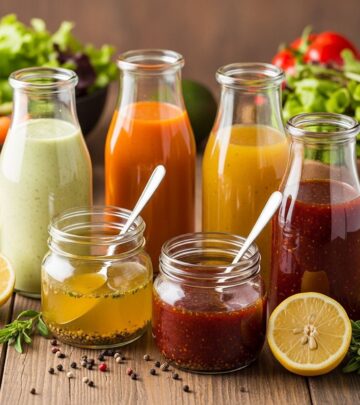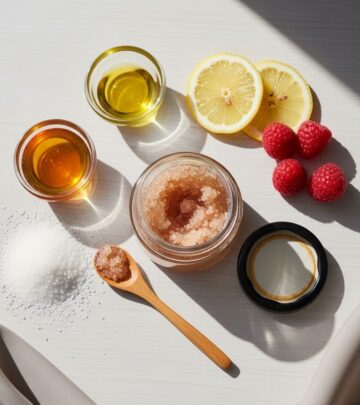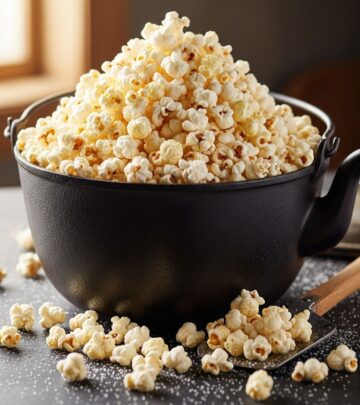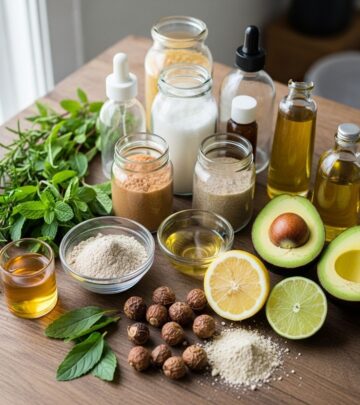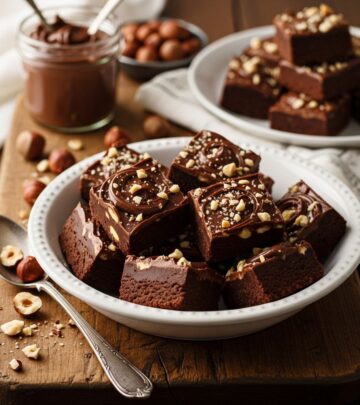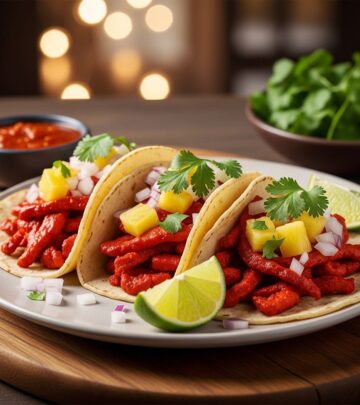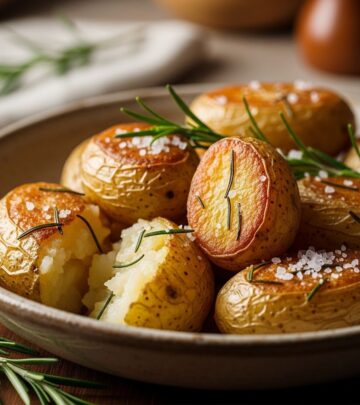Mangu Con Los Tres Golpes Recipe: 6-Step Dominican Breakfast
Discover the rich flavors and cultural significance of this classic Dominican morning feast
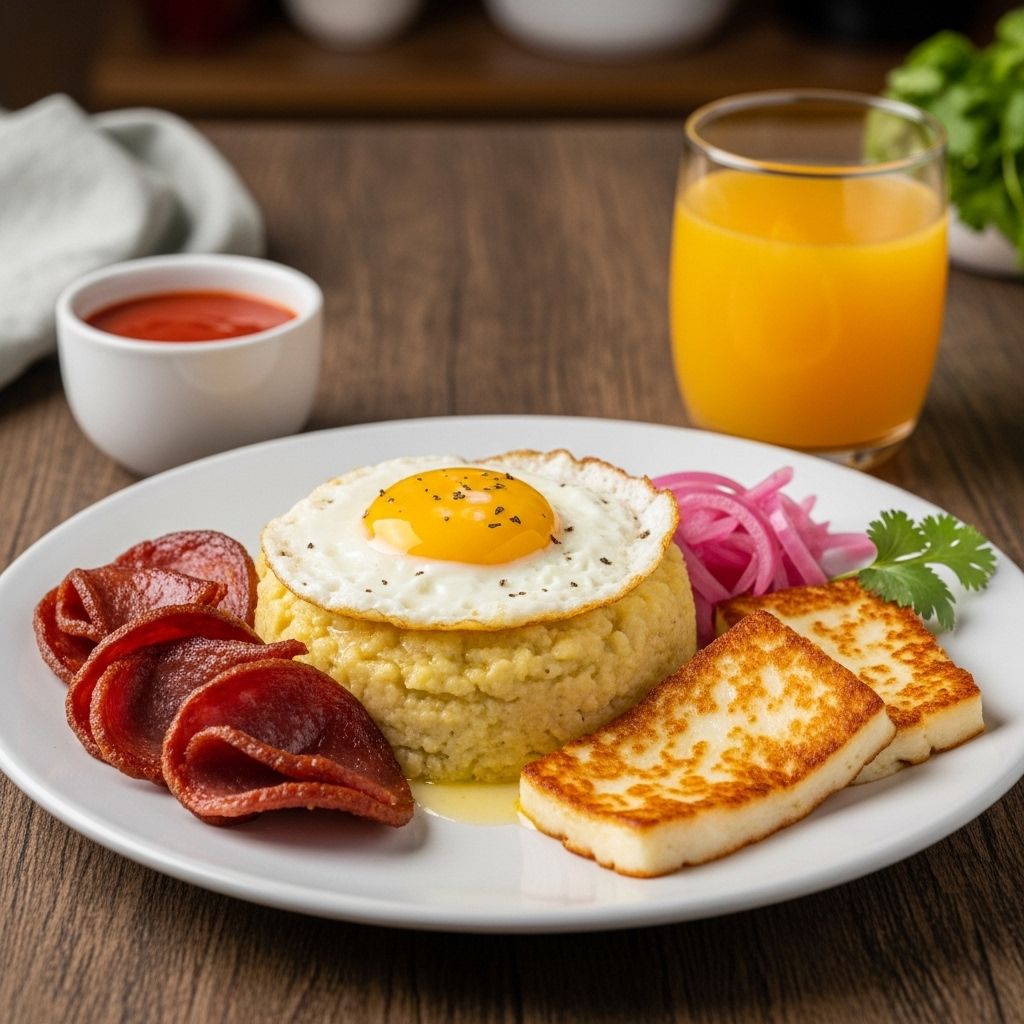
Image: HearthJunction Design Team
What is Mangu Con Los Tres Golpes?
Mangu con los Tres Golpes is the quintessential Dominican breakfast that combines the comfort of creamy mashed green plantains with a trio of savory fried accompaniments. This hearty morning meal has deep cultural roots in the Dominican Republic and represents both tradition and satisfaction on a plate. The name itself tells a story – ‘Mangu’ refers to the mashed plantain base, while ‘Los Tres Golpes’ (literally ‘the three hits’) represents the trio of proteins that accompany it: fried salami, fried cheese, and fried eggs.
This iconic breakfast is more than just a meal; it’s a celebration of Dominican culinary heritage. Each component plays a vital role in creating a perfect balance of textures and flavors. The creamy, slightly starchy mangú provides a neutral base that beautifully contrasts with the crispy, savory trio of fried proteins. Topped with tangy pickled red onions, the dish delivers a complete sensory experience that explains why it remains a beloved staple throughout the Dominican Republic and in Dominican communities worldwide.
Ingredients for Mangu Con Los Tres Golpes
To create this classic Dominican breakfast, you’ll need ingredients for four distinct components: the mangú (mashed plantains), and the three ‘golpes’ – fried salami, fried cheese, and fried eggs – plus the essential pickled onion topping.
For the Mangú (Mashed Plantains):
- 2 large green plantains
- 2 tablespoons butter
- 1/2 teaspoon salt
- 1/2 cup reserved cooking water
- 2 tablespoons cold water (for texture)
For Los Tres Golpes:
- 9 slices Dominican frying salami (salchichón)
- 6 slices queso de freír (Dominican frying cheese)
- 3 large eggs
- Vegetable oil for frying
- Salt and pepper to taste
For the Pickled Red Onions:
- 1/2 medium red onion, thinly sliced
- 1/4 cup distilled white vinegar or apple cider vinegar
- 1 tablespoon olive oil (for sautéing)
Additional Garnishes:
- 1 ripe avocado, quartered
Preparation Instructions
Step 1: Prepare the Pickled Onions
Begin by preparing the pickled onions, as they need time to properly infuse with vinegar:
- Slice the red onion into thin, uniform slices (half-moons work best)
- Place the sliced onions in a small bowl and pour the vinegar over them
- Gently toss to ensure all onion pieces are coated with vinegar
- Let the onions soak for at least 10 minutes while you prepare the other components
Step 2: Prepare the Mangú
The mangú is the foundation of this dish, and achieving the right texture is crucial:
- Peel the green plantains and cut them into 1-2 inch chunks
- Place the plantain pieces in a large pot and cover completely with water
- Add 1/2 teaspoon of salt to the water
- Bring to a boil over medium-high heat and cook for approximately 25-30 minutes, until the plantains are very tender and easily pierced with a fork
- Before draining, reserve about 1/2 cup of the starchy cooking water
- Drain the plantains and return them to the pot
- Add the butter to the hot plantains and begin mashing with a potato masher or fork
- Gradually add the reserved cooking water, a few tablespoons at a time, while continuing to mash
- Add the cold water at the end and stir vigorously – this helps achieve the smooth, creamy texture that defines perfect mangú
- Cover to keep warm while preparing the remaining components
Step 3: Fry the Cheese
The queso de freír is a special Dominican frying cheese that holds its shape when heated:
- Heat approximately 1/3 cup of vegetable oil in a large skillet over medium-high heat
- Once the oil is hot (but not smoking), carefully add the cheese slices
- Fry until golden brown on one side (about 2-3 minutes), then flip and fry the other side
- Remove the fried cheese and place on paper towels to drain excess oil
Step 4: Fry the Salami
Dominican frying salami (salchichón) has a distinctive flavor that’s essential to the authentic tres golpes experience:
- Using the same skillet (add more oil if needed), fry the salami slices
- Cook until they develop a nice brown crisp around the edges, about 2 minutes per side
- Remove and place on paper towels to drain
Step 5: Fry the Eggs
The final component of the tres golpes trio is the fried egg:
- Wipe the skillet clean with a paper towel and add fresh oil if needed
- Heat the oil over medium heat
- Carefully crack each egg into the pan, keeping them separate
- Fry the eggs sunny-side up until the whites are set but the yolks remain runny (or cook to your preferred doneness)
- Season with a pinch of salt and pepper
Step 6: Sauté the Pickled Onions
The finishing touch that brings everything together:
- Heat 1 tablespoon of olive oil in a small pan over medium heat
- Drain the vinegar from the onions, reserving a small amount
- Add the pickled onions to the pan along with a splash of the reserved vinegar
- Sauté briefly until the onions are slightly tender but still retain some crunch, about 1-2 minutes
Assembling and Serving Mangu Con Los Tres Golpes
The presentation of Mangu con los Tres Golpes is almost as important as its preparation. Each component deserves its proper place on the plate:
- Spoon a generous portion of the warm mangú onto each plate, smoothing it into an even layer
- Immediately top the mangú with the sautéed pickled onions (this must be done while the mangú is still hot)
- Arrange the fried salami, fried cheese, and fried egg alongside the mangú
- Add avocado quarters to complete the traditional presentation
In the Dominican Republic, this hearty breakfast is typically enjoyed with a cup of strong Dominican coffee. Some families also serve it with a side of toasted bread or tropical fruit. The contrast between the creamy mangú, crispy fried proteins, and tangy onions creates a symphony of flavors that explains why this dish has remained a beloved staple for generations.
Cultural Significance and Variations
Mangu con los Tres Golpes holds a special place in Dominican culture as more than just a breakfast – it represents Dominican identity and culinary heritage. This dish emerged from humble beginnings, utilizing affordable ingredients to create a filling, nutritious meal that could sustain workers throughout the morning.
While the classic version features the three ‘golpes’ of salami, cheese, and eggs, regional and family variations exist throughout the Dominican Republic. Some households may substitute longaniza (Dominican sausage) for the salami, while others might add fried Dominican-style salted cod (bacalao) as an additional protein. The constant element is always the mangú – the creamy mashed plantains that form the heart of this beloved dish.
In many Dominican households, weekend mornings are reserved for preparing this elaborate breakfast, bringing family members together around the table to share not just the meal, but also conversation and connection. The dish has traveled with the Dominican diaspora, becoming a taste of home for Dominicans living abroad and introducing Caribbean flavors to new audiences worldwide.
Tips for Perfect Mangu Con Los Tres Golpes
Achieving the authentic taste and texture of this Dominican classic requires attention to a few key details:
- Choose the right plantains: Look for firm, green plantains without any yellow spots for traditional mangú. The starchier the plantain, the better the texture.
- Master the mangú texture: The perfect mangú should be creamy but still have some body – not too runny and not too stiff. Adding cold water at the end of mashing helps achieve this ideal consistency.
- Don’t skip the onions: The pickled red onions aren’t just a garnish – they’re essential to cutting through the richness of the other components with their tangy flavor.
- Serve immediately: Mangú sets quickly as it cools, so it’s important to serve it hot, right after topping with the sautéed onions.
- Find authentic ingredients: If possible, look for Dominican-style salami and queso de freír at Latin markets. These specific ingredients have unique flavors and textures that contribute to the authentic experience.
Frequently Asked Questions (FAQs)
Q: Can I make mangú with ripe, yellow plantains instead of green ones?
A: While technically possible, traditional mangú is made with green plantains. Using ripe plantains will result in a sweeter, less starchy texture that’s closer to mofongo than authentic mangú.
Q: What can I substitute for queso de freír if I can’t find it?
A: If Dominican frying cheese isn’t available, you can substitute halloumi or bread cheese (juustoleipä), both of which hold their shape when fried. In a pinch, firm paneer can work, though the flavor profile will be different.
Q: Is there a vegetarian version of Tres Golpes?
A: Yes! For a vegetarian adaptation, simply omit the salami and focus on the fried cheese and eggs. You can also add fried sweet plantains (maduros) as an additional component for more variety and flavor.
Q: Can mangú be made ahead of time?
A: While best served fresh, mangú can be made ahead and reheated. To revive its creamy texture, add a splash of warm water or milk when reheating and stir vigorously.
Q: What’s the difference between mangú and mofongo?
A: Though both are made from plantains, mangú consists of boiled and mashed green plantains, while mofongo is made from fried green plantains that are mashed with garlic, olive oil, and pork cracklings. Mangú has a smoother texture and is typically served as a breakfast dish.
References
- https://breakthrukitchen.com/mangu-con-los-tres-golpes/
- https://loisa.com/blogs/comida-real/tres-golpes
- https://www.sidechef.com/recipes/47485/mangu_tres_golpes_dominican_breakfast/
- https://www.dominicancooking.com/tres-golpes-dominican-breakfast
- https://www.crumbsnatched.com/dominican-breakfast-mangu-tres-golpes/
Read full bio of Anjali Sayee

